Today's market shock rose, and small household appliance stocks collectively strengthened, with the increase of more than 11% in the number of times ease (688793. SH) and stone technology (688169. SH), the increase of the limit of Cowos (603486. SH), and the increase of Xinbao shares (002705. SZ) by more than 7%.
Zhitong Finance APP learned that on January 10, the People's Bank of China and the Banking and Insurance Regulatory Commission jointly held a symposium on major bank credit work. The meeting made it clear that we should implement the plan to improve the balance sheet of high-quality real estate enterprises, focus on high-quality real estate enterprises that focus on the main business, operate in compliance, have good qualifications, and have certain systemic importance, and carry out four actions: "asset activation", "debt continuation", "equity supplement", and "expected improvement".
Ping An Securities believes that as the real estate policies such as the guaranteed delivery of housing and the demand-side increase their efforts, the optimization of epidemic prevention policies and the continuous promotion of household appliance subsidies promote the recovery of offline channels and residents' purchasing power, household appliances, as a post-cycle industry of real estate with consumption attributes, may face a difficult reversal. Among them, emerging circuits such as small household appliances are still in the stage of rapid increase in penetration, and it is expected that the segment circuits will continue to maintain rapid growth.
It is understood that small appliances generally refer to appliances other than those with high power output. Generally, these small appliances are small in size and occupy small power resources, so they are called small appliances.
By product use, small household appliances can be divided into kitchen appliances, household appliances and personal care appliances. From the perspective of income proportion, according to Statista data, the income of kitchen small appliances accounted for 49% of all small appliances in 2019, and the total income of environmental household appliances such as vacuum cleaners and personal care small appliances accounted for about 51%.
With the improvement of global household consumption and the gradual refinement of household appliance demand, the global market scale of small household appliances has gradually increased in recent years.
According to Statista data, the global retail sales of small appliances in 2020 reached $224.1 billion, and the compound growth rate from 2012 to 2021 was about 2.90%. In the context of the outbreak of the COVID-19 from the end of 2019, the increase in home time promoted the growth of consumption of various small appliances. In 2020, the growth rate of the global total sales of small appliances increased, and the COVID-19 increased the global sales of small appliances by 11.00% in 2020.
From a regional perspective, the size of China's small home appliance market reached 49.5 billion US dollars in 2020, ranking first in the world, followed by the United States, India, Brazil and Japan with 241, 227, 177 and 11.3 billion US dollars respectively.
At the same time, the fragmentation of small household appliance channels is expected to bring new growth.
The traditional channels of household appliances are divided into online and offline channels, including KA stores, franchised stores and dealers. The online traditional channels mainly include self-built online shopping mall platforms and third-party platforms. Small household appliance products, affected by volume, unit price and other factors, are mostly sold through online channels.
Especially since the outbreak of the epidemic, the importance of the online market has become more and more obvious. With the rise of the live broadcast with goods and the grass planting platform, the sales channels of home appliances have gradually become fragmented, fragmented and diversified. The development of emerging channels is expected to bring new growth to the home appliance industry.
According to the statistical data of Ovi Cloud, the online proportion of small home appliance market sales has increased from 19% in 2014 to 76% in January-September 2022. In online channels, the proportion of Tiktok e-commerce has increased from 8.6% in January to 19.4% in September this year, increasing month by month.
In addition, with the pursuit of the quality of life of young people in small towns, the penetration rate of small household appliances will have greater room for improvement in the future.
In recent years, the proportion of sunk channels has gradually increased and gradually become a new growth track. According to the statistical data of Ovi Cloud, from January to October 2022, the retail sales volume of sinking channels has reached 33.28 billion yuan, and the retail volume has reached 13.831 million units.
Bohai Securities believes that although China has huge productivity and the market size of small household appliances in China ranks first in the world, the penetration rate, per capita consumption and retention of small household appliances in China are still at a low level compared with other developed countries.
In terms of the number of small household appliances owned by each household, China is still at the downstream level and still has a large space for development. According to the data compiled by the Prospective Industry Research Institute, the number of small household appliances owned by each household in China is only 9.5, while the number of small household appliances owned by each household in the United States is up to 31.5, and the number of small household appliances owned by each household in the United Kingdom, Australia, Germany and France is more than 20.
From the perspective of per capita consumption of household appliances, China still has a large gap from other developed countries. According to the statistics of Statista, the per capita consumption of small household appliances in the world reached US $30, of which the per capita consumption of small household appliances in the United States, Canada, the United Kingdom, Germany, France and Brazil reached US $50, while the per capita consumption of China was only US $35, which still has a large room for improvement.
In terms of investment opportunities, Bohai Securities pointed out that with the increase of residents' income and the gradual improvement of living standards, the refinement of household appliance demand is expected to further promote the scale of the small household appliance industry. It is recommended to pay attention to Xinbao, Beiding, Midea Group, Covos and Stone Technology.



 English
English 中文简体
中文简体

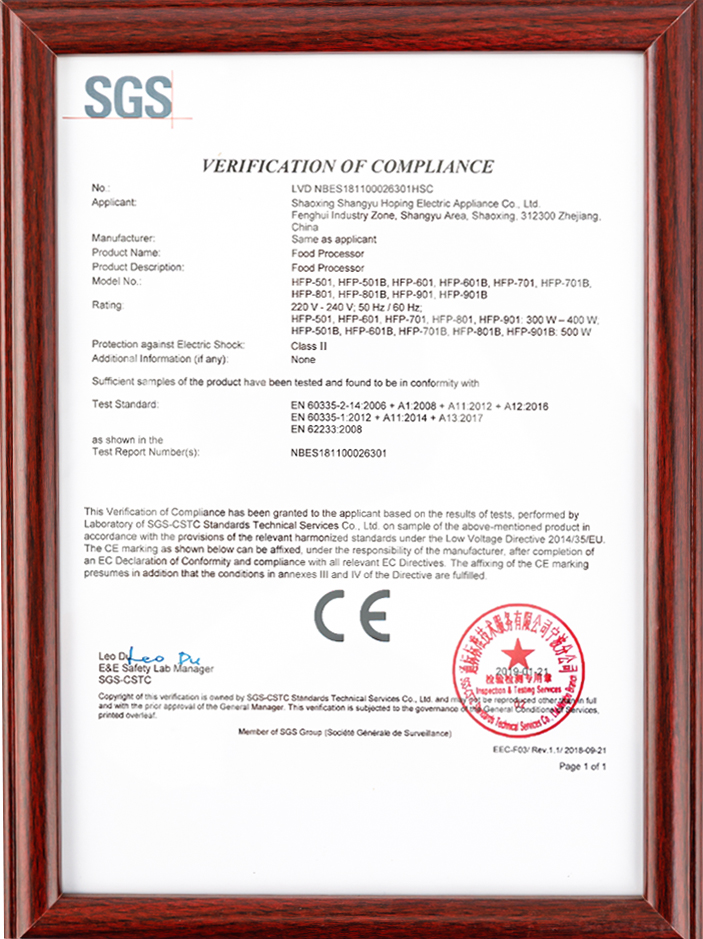
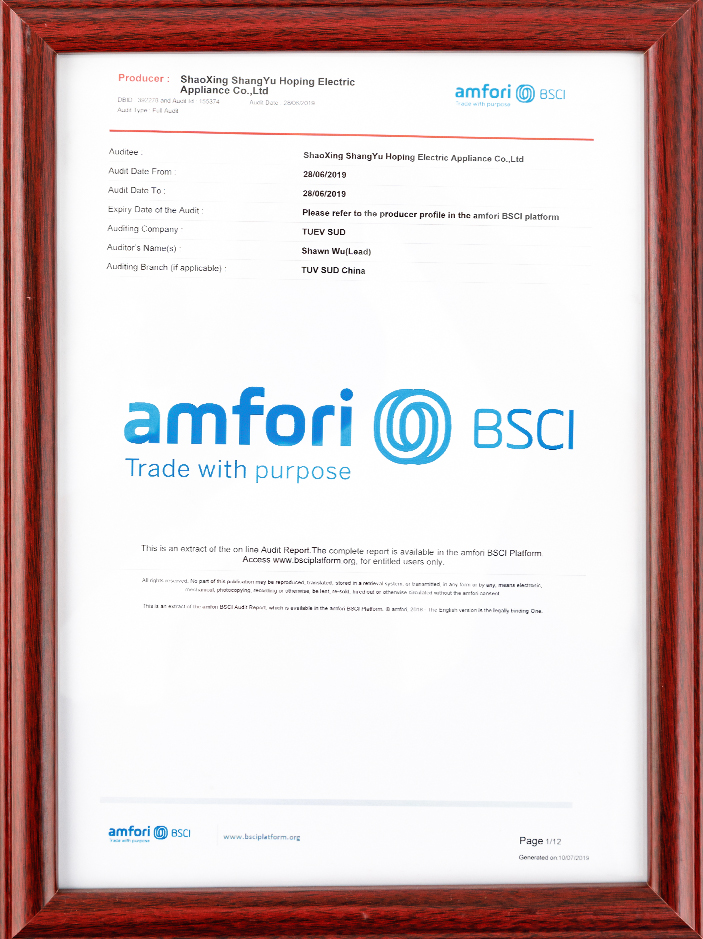
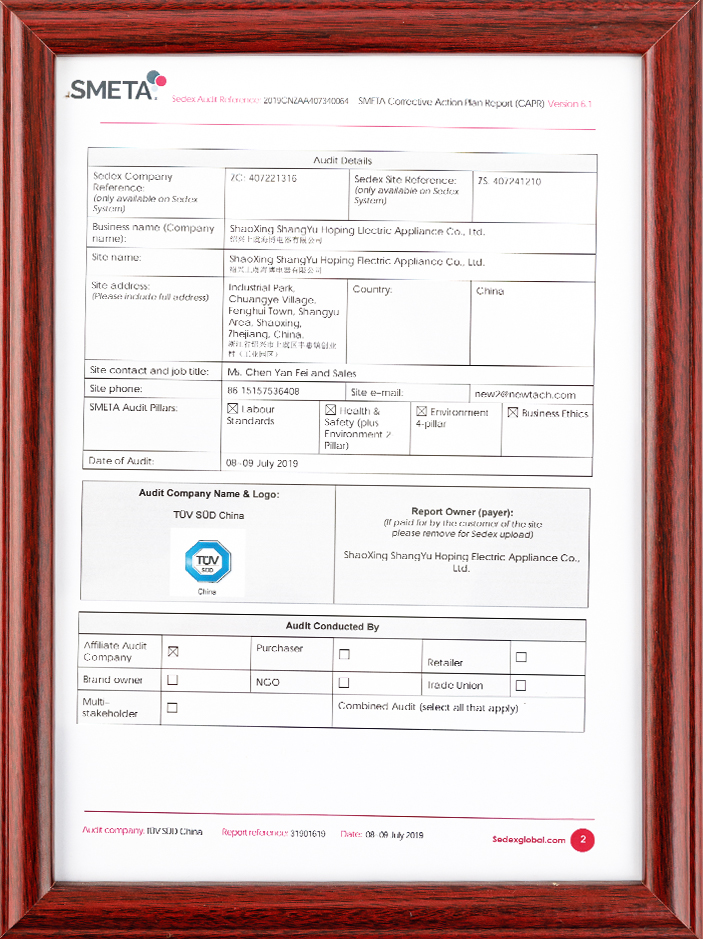
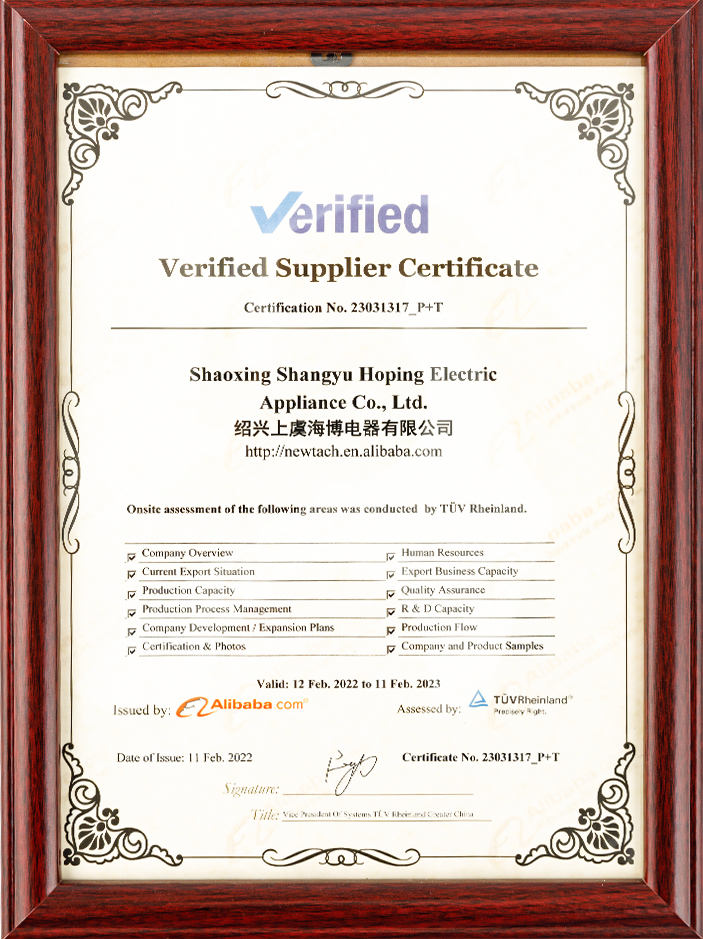
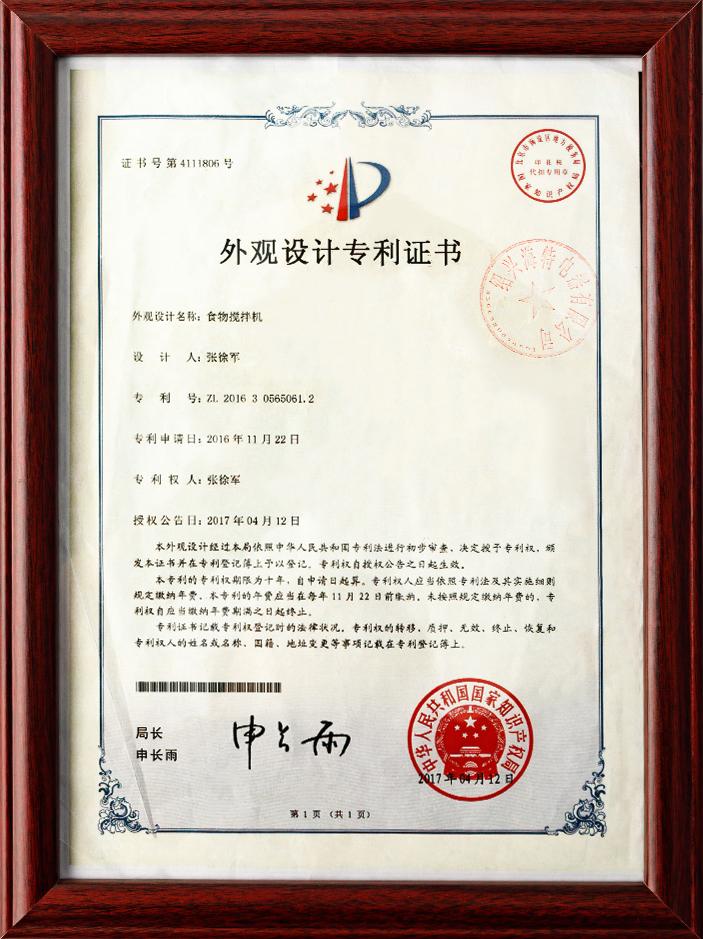
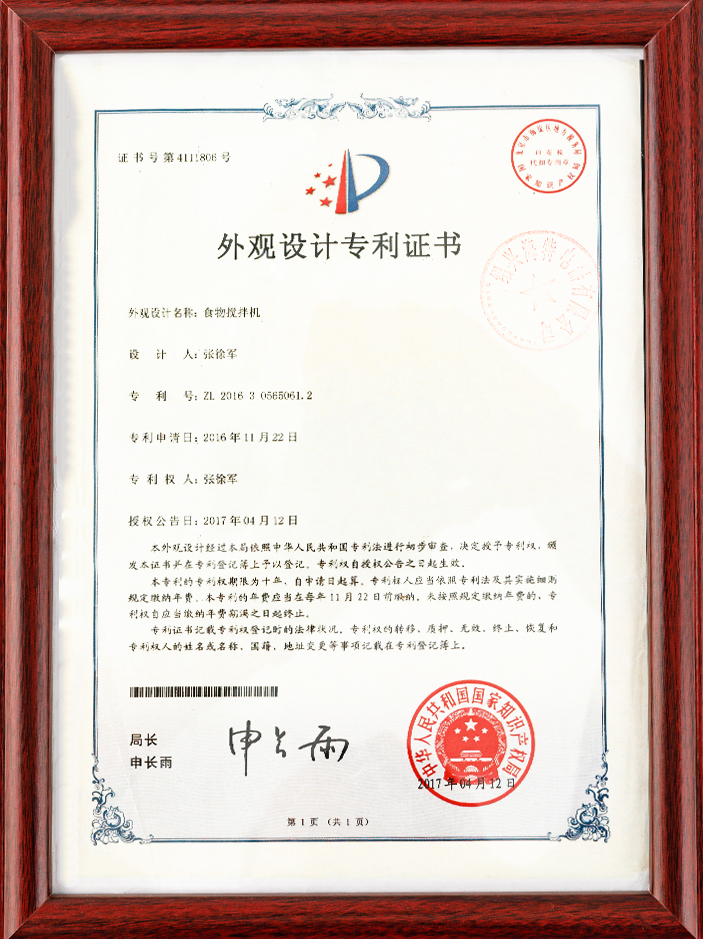
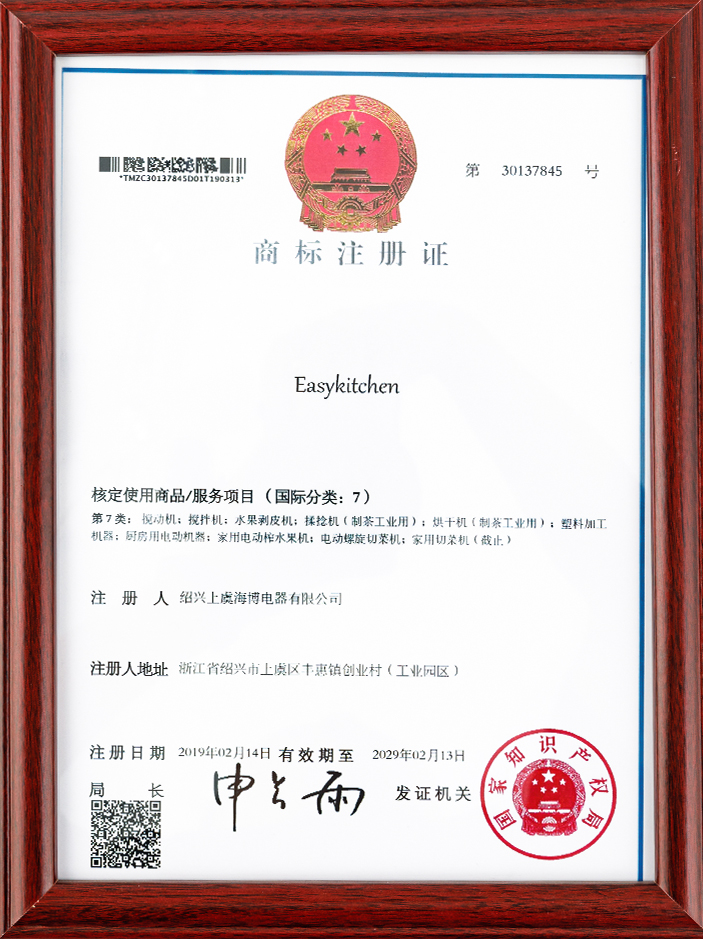
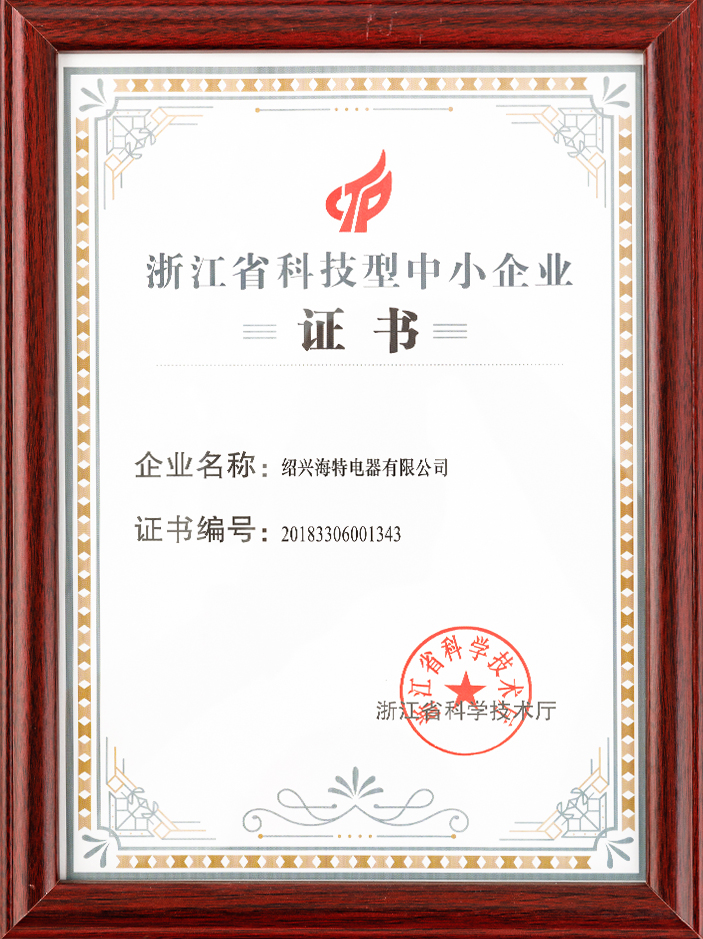
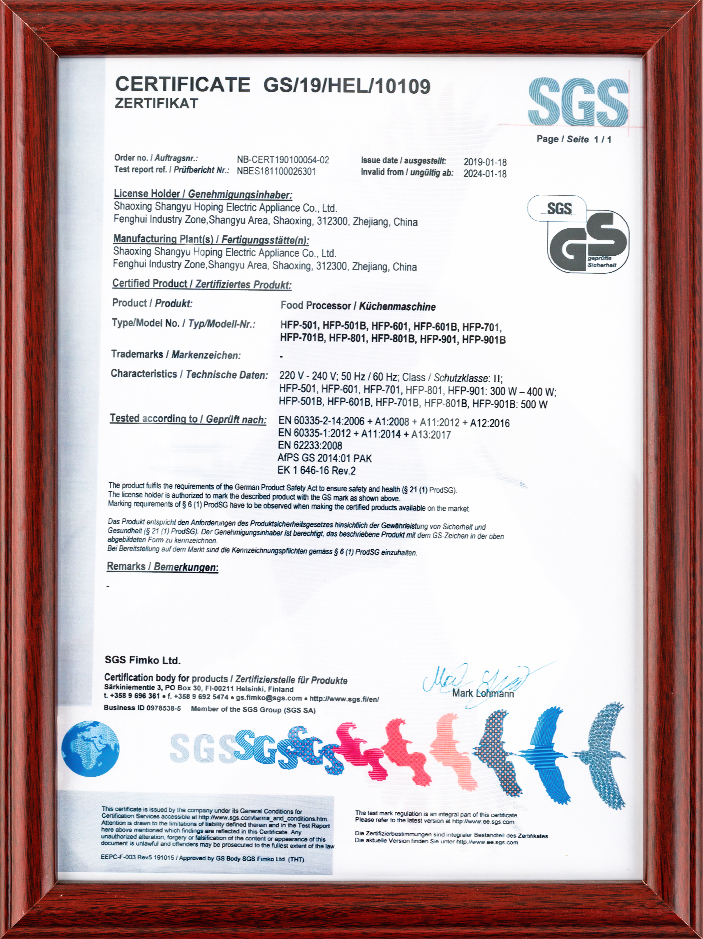





 浙公网安备 33060402001386号
浙公网安备 33060402001386号 